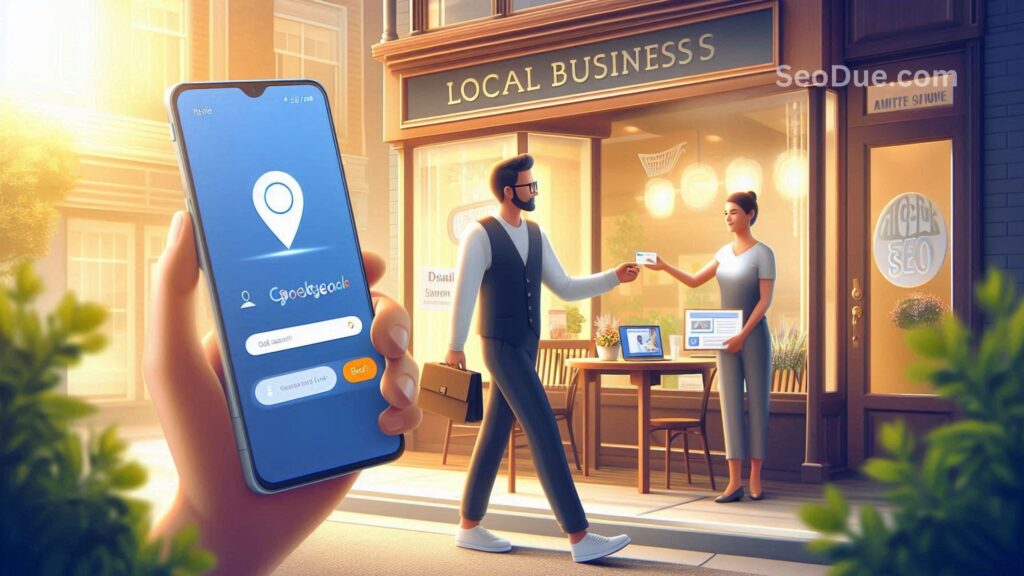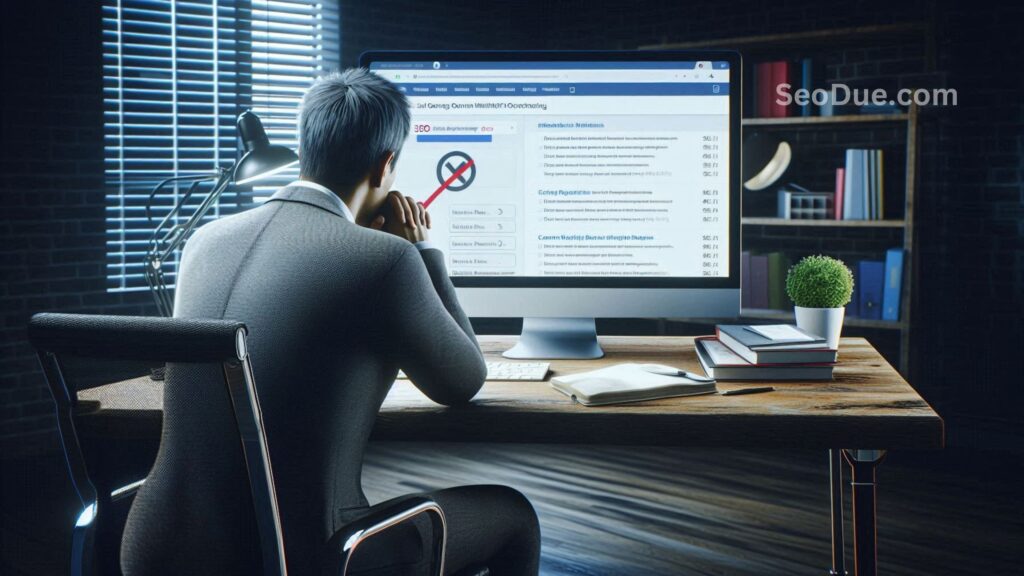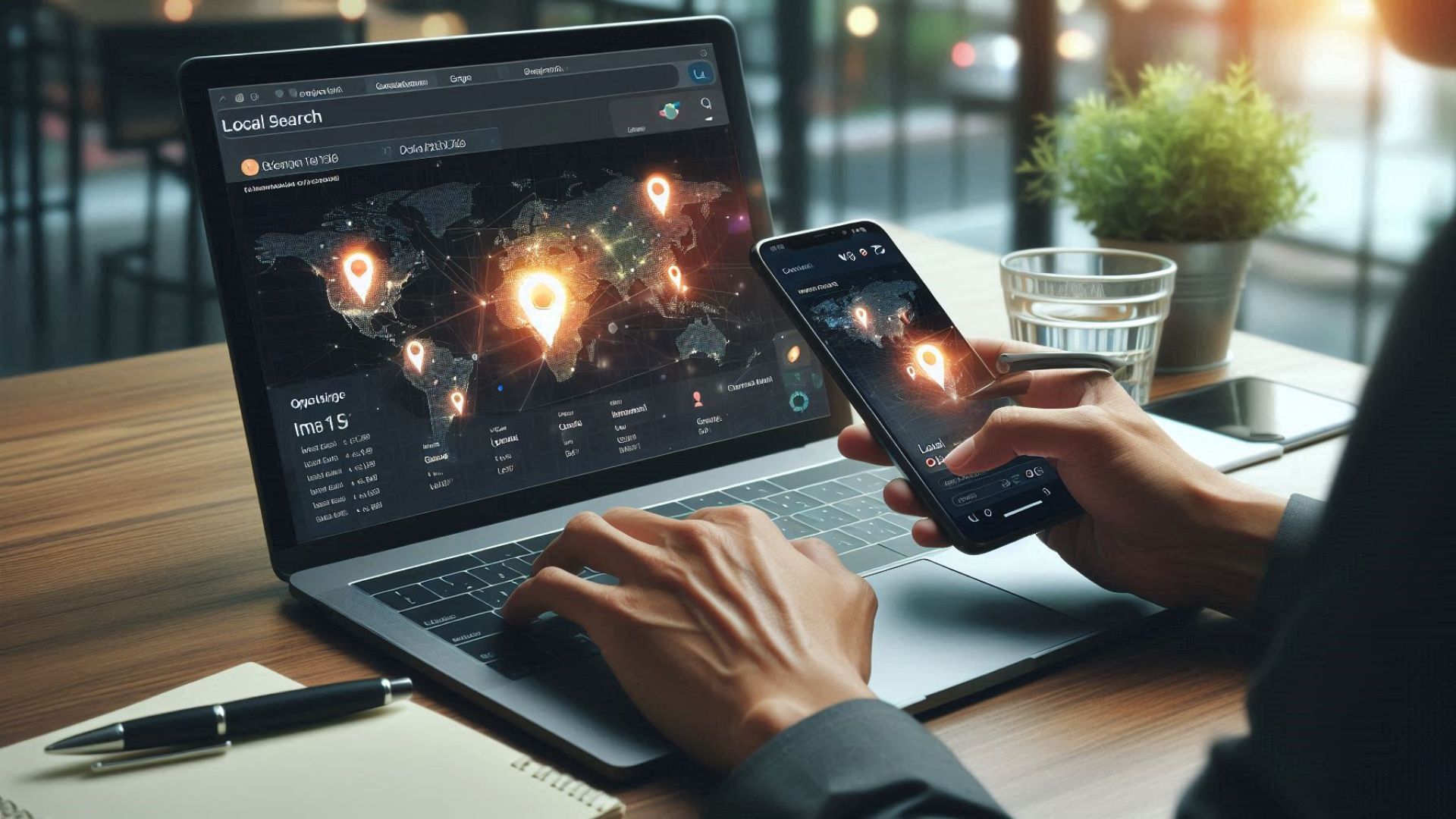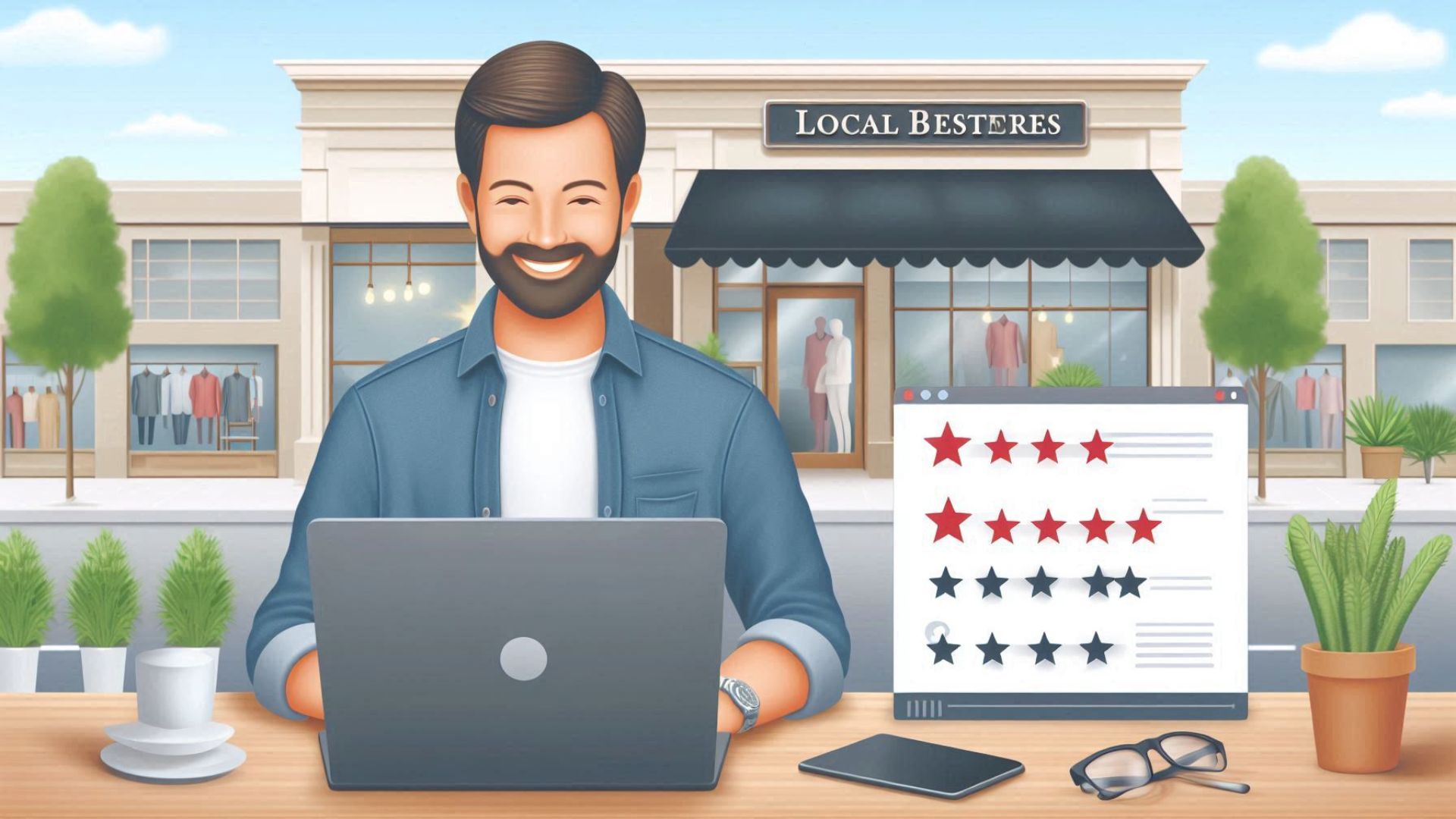What are the Most Common Local SEO Mistakes to Avoid?
Imagine this: you run a business with a local customer base, but despite all your efforts with SEO (Search Engine Optimization), sales just aren’t happening. Sound familiar? Chances are, you might be overlooking some key local SEO strategies.
Wait, local SEO? Isn’t that just the same as regular SEO?
If you’re wondering this, you’re not alone. It’s a common misunderstanding in digital marketing. Many people believe that more website traffic automatically means more sales. Sorry to break it to you, but that’s not always true.
Here’s the thing: not everyone visiting your site will turn into a paying customer, especially if they’re halfway across the world. To boost sales, you need to focus on driving local traffic—people nearby who are more likely to buy from you.
And that’s where local SEO steps in.
Local SEO is all about optimizing your online presence to show up in local search results. Unlike general SEO, which targets people globally, local SEO hones in on potential customers in your area. Since these people are close by, they’re far more likely to benefit from your services or products—and actually buy them.
So, if you’re serious about boosting sales, it’s time to level up your local SEO game. Don’t know where to start? No worries, that’s exactly what this post is here for.
As a fellow business owner, I’ve made my share of local SEO mistakes and learned some tough lessons along the way. To save you from the same headaches, I’ve put together a list of the most common local SEO mistakes and, more importantly, how to avoid them.
But first, let’s talk about why local SEO matters so much.
The Importance of Local SEO
Getting more visibility in local search results doesn’t just mean more sales—it can also help build your brand and create stronger connections with your customers.

According to Google, 76% of people who search for something on their phone visit a related business within a day, and about 28% of those searches result in a purchase. So, if your business shows up at the top of local search results, you’re more likely to attract people who are actively looking for what you offer.
Let me break it down for you.
Imagine you sell pizza, and someone is searching for the best pizza place in your city. They’ll likely type “best pizza in (your city)” into Google. Then Google will show a list of pizza places nearby.
If your business isn’t on that list, you just lost out on a potential customer to a competitor. But if your business does show up, it’s not just about getting a new customer—you’re also getting your name out there and making sure the local community knows about you.
And the best part? Google’s local search results also show ratings and reviews, giving you a chance to collect feedback from your customers and boost your business’s reputation.

Also Read: How do I Track My Local SEO Performance?
Common Local SEO Mistakes
Now that you know why local SEO is important for your business, let’s take a look at some common mistakes you might be making:

- No Directory Listings
Before Google shows your business in search results, they need to confirm it’s legit. One way they do this is by checking your business’s directory listings. Many businesses overlook directories, but when used right, they help local SEO by showing up in service-specific or location-based searches.
How to fix it: Start by making a list of online directories and check out your competitors’ listings. Fill these out with accurate, consistent info, so customers can find you without confusion. - No Google My Business Listing
If you want to rank in local searches, Google My Business is a must. It’s a key player in local SEO.
How to fix it: Create or claim your Google My Business listing. Add your address, service areas, contact info, and verify your listing. - Poor Quality Website Content
Your website content plays a big role in local SEO. It needs to educate your customers and help build your brand’s trust. But it’s not just about being helpful—it should also be localized.
How to fix it: Add local info that matters to your audience. For example, if you’re in New York, talk about Broadway shows or winter tips. In Hawaii, mention surfing spots or local beaches. - Duplicate Listings
Creating multiple listings for your business is a common mistake that can hurt your SEO. It’s confusing for both Google and potential customers.
How to fix it: Standardize your process for creating listings and remove any duplicates. Keep your NAPW (Name, Address, Phone number, Website) consistent across all listings. - Ignoring Negative Reviews
Negative reviews happen, but ignoring them is a huge mistake. It can hurt your rankings and make your business seem untrustworthy.
How to fix it: Respond to negative reviews with personalized, thoughtful replies. If it’s a fake review, report it. Address the issue publicly to show your commitment to resolving it. - Not Localizing Keywords
For general SEO, high-volume keywords are great, but for local SEO, you need keywords specific to your area.
How to fix it: Use keywords that include your city or neighborhood. For example, “best pizza in Chicago” or “best cake in Manhattan.” - No Contact Information on Your Website
If customers can’t contact you, they’ll move on. Plus, Google won’t know which areas you serve.
How to fix it: Add a contact page with your phone number, address, email, and social media links. A map showing your location is also a good idea. - Website Images Not Optimized
Large images or those without alt text can slow down your site and affect your SEO.
How to fix it: Compress images to improve speed, and always add alt text to help Google understand what they’re about. - Inactive Social Media Profiles
If your social media profiles are inactive or missing, it’s harder for customers to trust you. Plus, a strong social media presence can indirectly boost your SEO.
How to fix it: Keep your social media profiles active by posting regularly and engaging with followers. - Website Not Mobile-Optimized
Over 60% of online searches happen on mobile devices. If your site isn’t mobile-friendly, you’re missing out on traffic.
How to fix it: Test your site with Google’s Mobile-Friendly Test tool and make improvements like faster loading times and easy-to-click buttons. - Inconsistent NAPW
If your Name, Address, Phone number, and Website info isn’t consistent across the web, it can confuse both customers and search engines.
How to fix it: Make sure your NAPW info is consistent on all listings and web pages. - No Customer Reviews
Customer reviews are essential for building trust and improving your SEO.
How to fix it: Ask happy customers to leave reviews. Offer incentives, but make sure they’re organic reviews, not paid ones. - Poor Technical SEO
SEO isn’t just about content and backlinks. You also need to pay attention to the technical aspects like Schema, CSS, and crawlability.
How to fix it: Use tools like WooRank to run technical audits on your site, or hire an SEO expert to help. - No Audience Targeting
Not every visitor to your site is a potential customer. Audience targeting helps you focus on the right people.
How to fix it: Identify your target audience, segment them based on buying stages, and use the right long-tail keywords. - Multiple URLs Leading to the Same Page
Having multiple URLs for the same content confuses Google and hurts your SEO.
How to fix it: Use canonical tags to tell Google which URL should show in the search results.

Also Read: How do I Optimize My Website for Local Searches?
By fixing these common local SEO mistakes, you can improve your rankings and attract more customers!




Post Comment